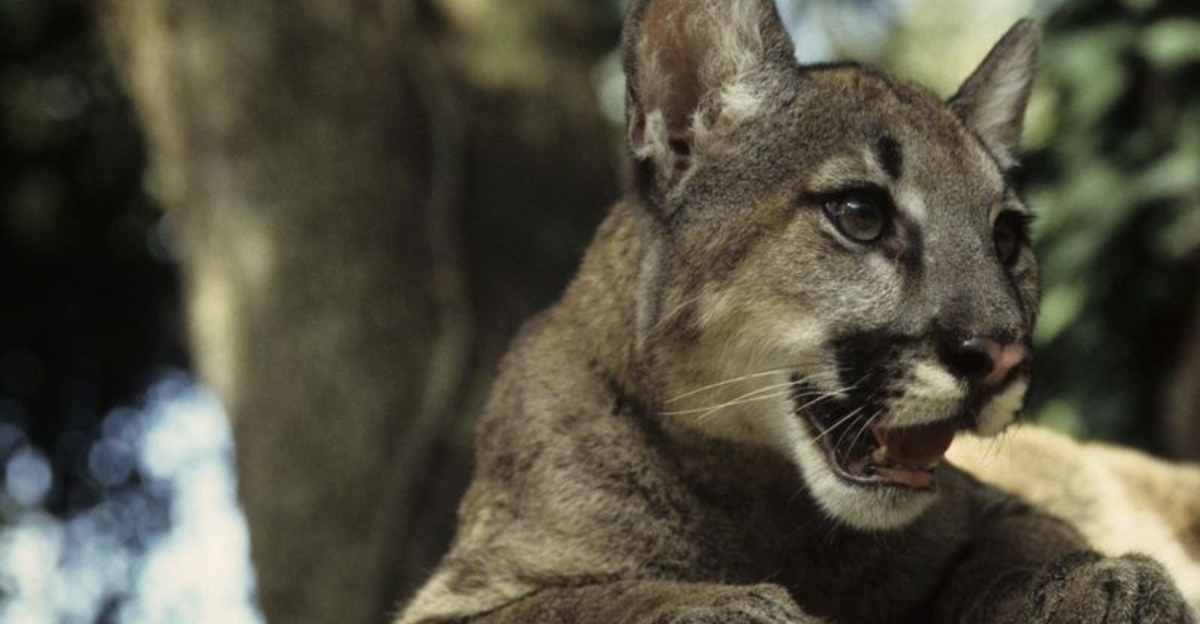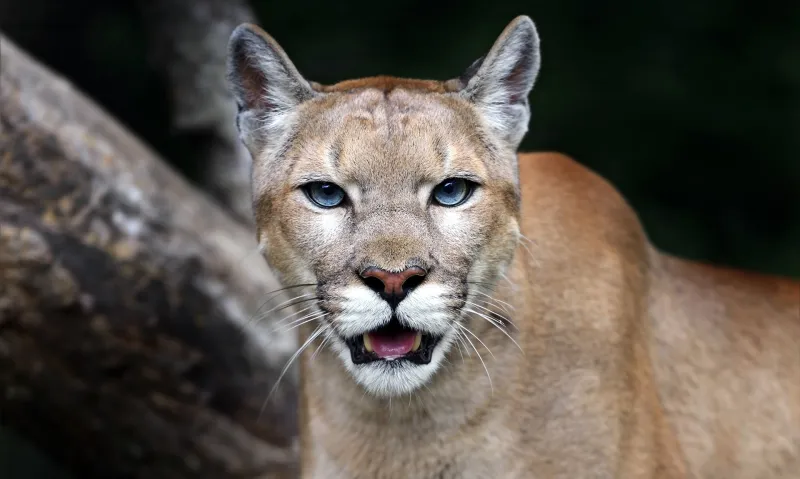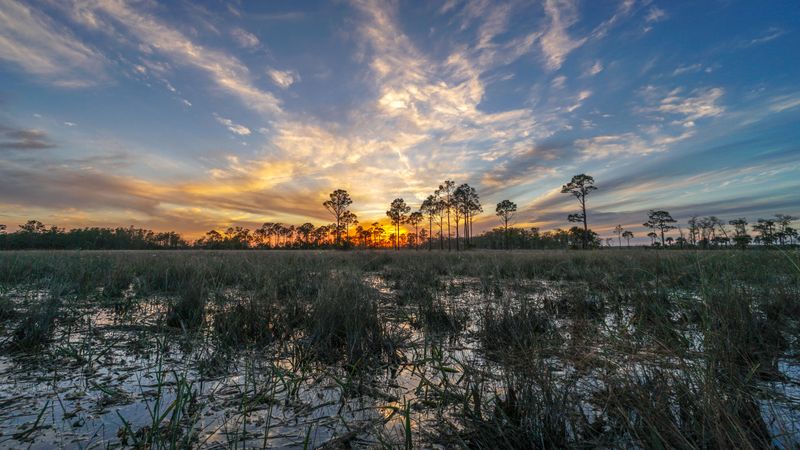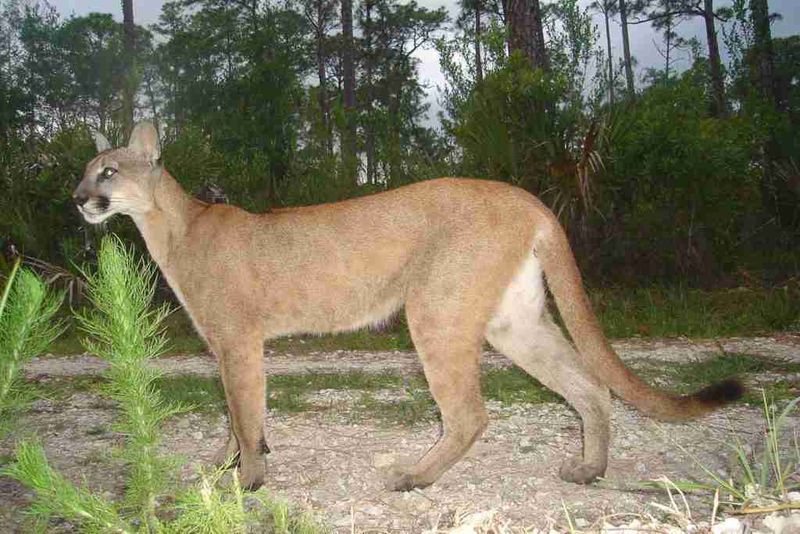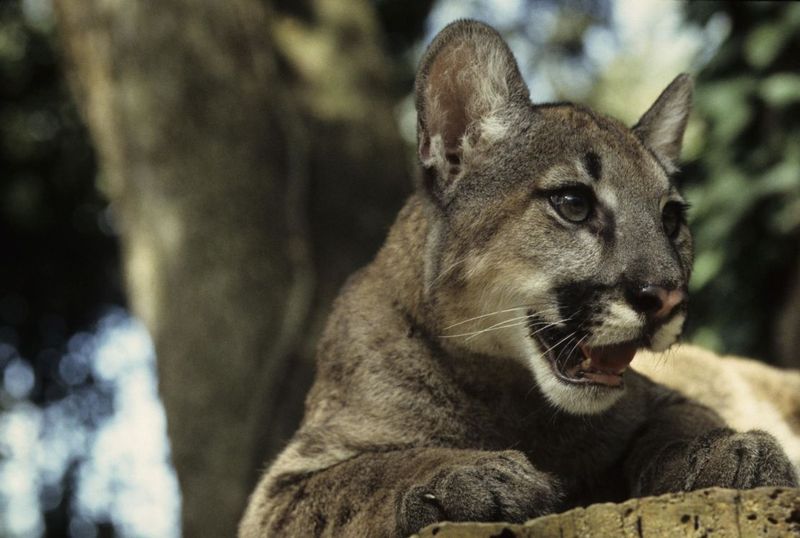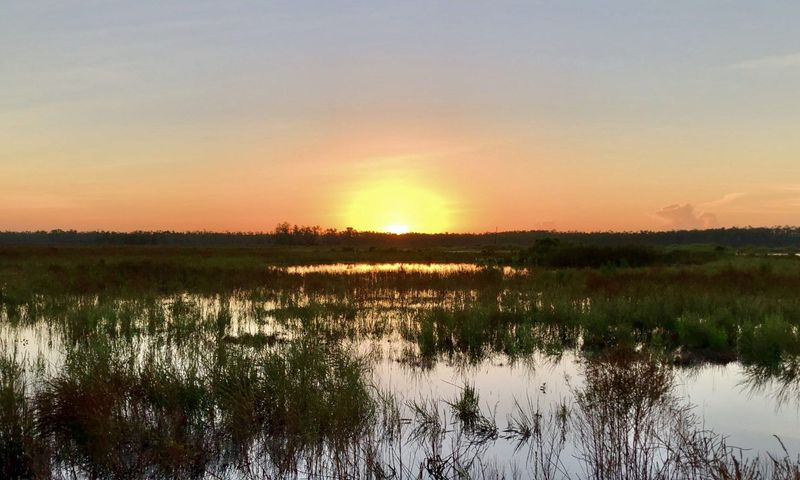📖 Table of Content:
The Florida panther, a rare and elusive subspecies of cougar, roams the subtropical wilds of southern Florida in some of the most biologically rich landscapes in the United States. These majestic predators are notoriously difficult to spot in the wild due to their solitary and secretive nature, but certain protected areas offer a realistic chance of encountering them — or at the very least, experiencing the incredible ecosystems they inhabit. Watching a panther in its natural environment is a rare and thrilling event, reserved for those willing to tread quietly into remote territory.
Panthers once ranged across the entire southeastern U.S., but due to habitat loss and human development, they are now primarily found in South Florida. Their current strongholds lie within national parks and preserves where conservation efforts have helped stabilize their dwindling population. Though sightings remain rare, these areas are rich in wildlife and natural beauty, making any visit worthwhile whether or not a panther appears.
The following national parks and preserves are known hotspots for Florida panther activity. While no guarantee of a sighting exists, visiting these destinations offers not only the possibility of seeing a panther but also an opportunity to immerse yourself in the heart of Florida’s wild heritage. Each location offers a unique landscape, from swampy wetlands to pine flatwoods, and is vital to the survival of these endangered cats.
1. Florida Panther National Wildlife Refuge
Set in a quiet corner of Southwest Florida, the Florida Panther National Wildlife Refuge serves as a dedicated sanctuary for the state’s most iconic feline. It was established specifically to protect panther habitat and currently spans over 26,000 acres of wetlands and forests. Although much of the refuge is off-limits to reduce human impact, two public trails wind through prime viewing areas. Hikers might catch glimpses of deer, raccoons, or wild turkeys—species that share the landscape with panthers. Interpretive signage along the paths offers valuable insights into panther conservation efforts and their ecological role. Early morning visits increase the likelihood of encountering wildlife, especially during the cooler winter months. Even without a panther sighting, the refuge provides a peaceful experience of untamed Florida.
2. Big Cypress National Preserve
Positioned as a biological buffer between civilization and the Everglades, Big Cypress National Preserve is an ecological marvel covering 729,000 acres of diverse terrain. This preserve features a mosaic of wet prairies, hardwood hammocks, and cypress swamps—ideal terrain for panthers to hunt and roam. Bear Island and Raccoon Point have emerged as unofficial hotspots where patient observers have occasionally reported sightings at twilight. The preserve is also home to ghost orchids, rare butterflies, and over 30 species of mammals. Visitors may explore via scenic drives, backcountry trails, or swamp walks, all while absorbing the subtle cues of life in motion. Rangers and local guides often share recent panther activity, helping guests interpret tracks and markings left behind. With more than 400,000 visitors annually, Big Cypress proves that preservation and recreation can coexist—offering not only a shot at seeing a panther but a deeper connection to Florida’s primeval wilds.
3. Everglades National Park
Known as the largest subtropical wilderness in the United States, Everglades National Park offers a uniquely expansive environment where Florida panthers silently roam. Covering over 1.5 million acres, the park contains a wide range of habitats—mangroves, sloughs, prairies, and pinelands—that provide refuge for numerous species. Though panther sightings here are uncommon, their presence is evidenced through tracks, trail cameras, and ongoing research. Long scenic drives like the Main Park Road and hiking trails such as the Anhinga or Gumbo Limbo can offer signs of large mammals if conditions are right. The park’s remoteness and quiet make it an ideal landscape for wildlife watching, especially with a pair of binoculars in hand. Panther conservation is a focal point of park management, and visitors can learn more through exhibits at the Ernest Coe Visitor Center. Time spent here deepens one’s appreciation of the delicate balance that sustains South Florida’s biodiversity.
4. Fakahatchee Strand Preserve State Park
Nicknamed the “Amazon of North America,” Fakahatchee Strand Preserve is home to the rarest orchid in the U.S.—the ghost orchid—and provides some of the most secluded and suitable habitat for panthers in the state. This sprawling 85,000-acre preserve lies along the western edge of the Everglades and includes a strand swamp nearly 20 miles long. Its dense, tangled wilderness gives panthers ample shelter, making it one of their most reliable hideouts. The Big Cypress Bend Boardwalk allows visitors to safely venture into this shadowy world, where snapping turtles, roseate spoonbills, and river otters are often spotted. For a more immersive experience, visitors can arrange guided swamp walks through areas where panthers are known to pass. The park is also one of the few places in Florida where black bears and panthers share overlapping territory. With its mysterious atmosphere and staggering biodiversity, Fakahatchee is a top destination for serious wildlife seekers.
5. Corkscrew Regional Ecosystem Watershed (CREW)
Spanning across Lee and Collier counties, the CREW lands form a critical ecological network for panthers and other wildlife. These 60,000 acres of marshes, pine flatwoods, and cypress swamps are managed specifically to support biodiversity and water conservation. Public access is available via a series of well-marked trails, including the Bird Rookery Swamp Trail and the Marsh Trails. These routes offer peaceful, immersive experiences where quiet observers may see tracks or hear distant movement in the underbrush. CREW serves as a corridor connecting other protected lands, making it a frequent travel zone for panthers. Educational programs and guided hikes also enhance understanding of the area’s ecological importance. While a panther encounter remains elusive, every visit offers a glimpse into the intricate world these animals depend upon.
